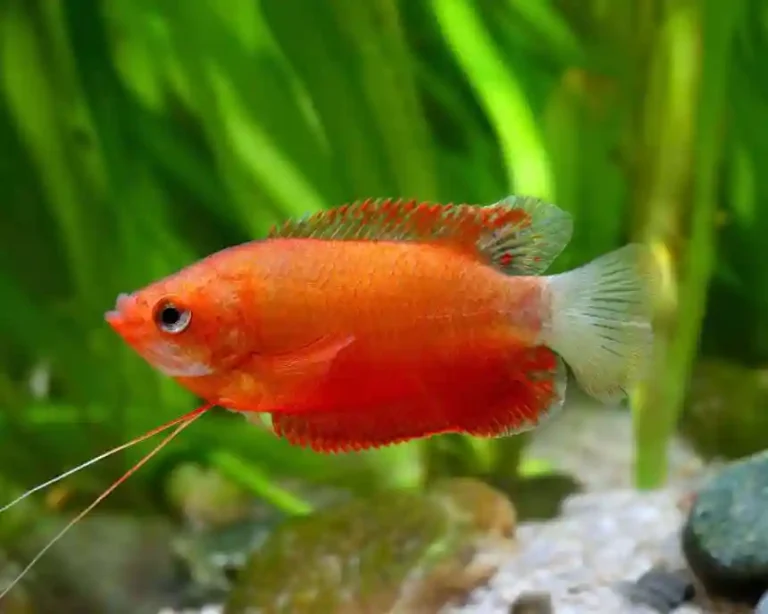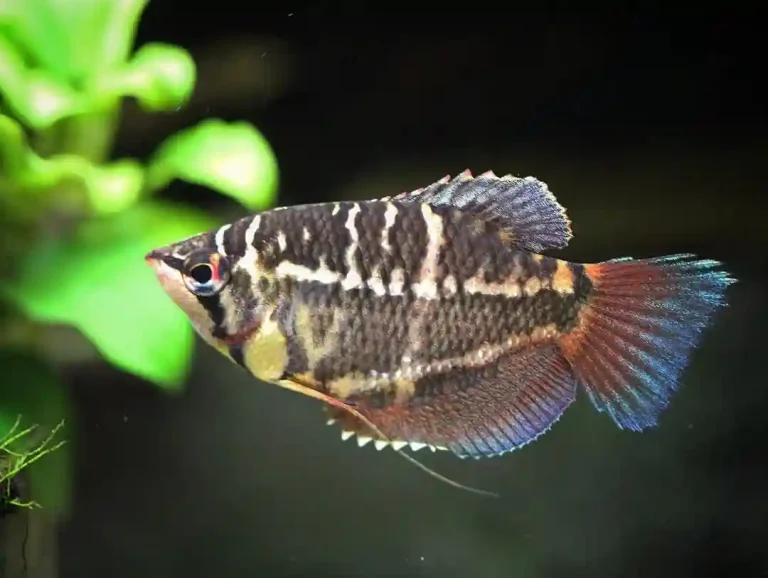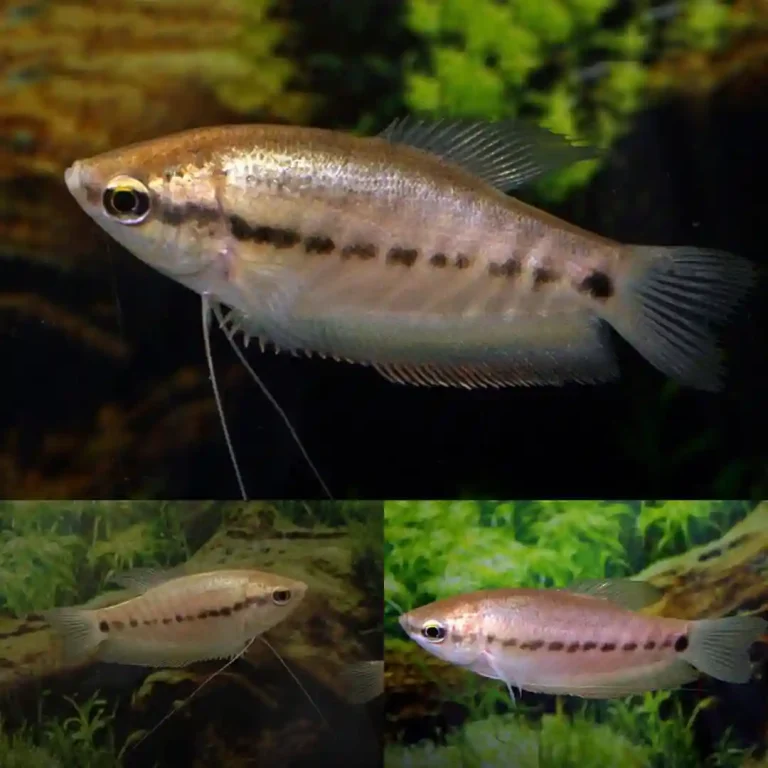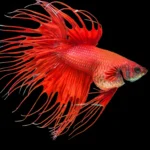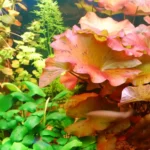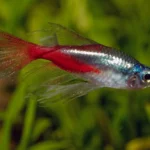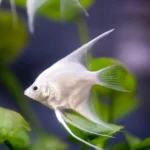Neon Tetra Care Guide: Care, Diet & Tank Mates
Neon Tetras (Paracheirodon innesi) are among the most iconic and beginner-friendly freshwater fish. Their shimmering blue and red stripes, peaceful nature, and schooling behavior make them a favorite in planted aquariums. In this guide, I’ll share how to keep Neon Tetras healthy and happy—from feeding to breeding and tank setup.
Neon Tetra Species Profile
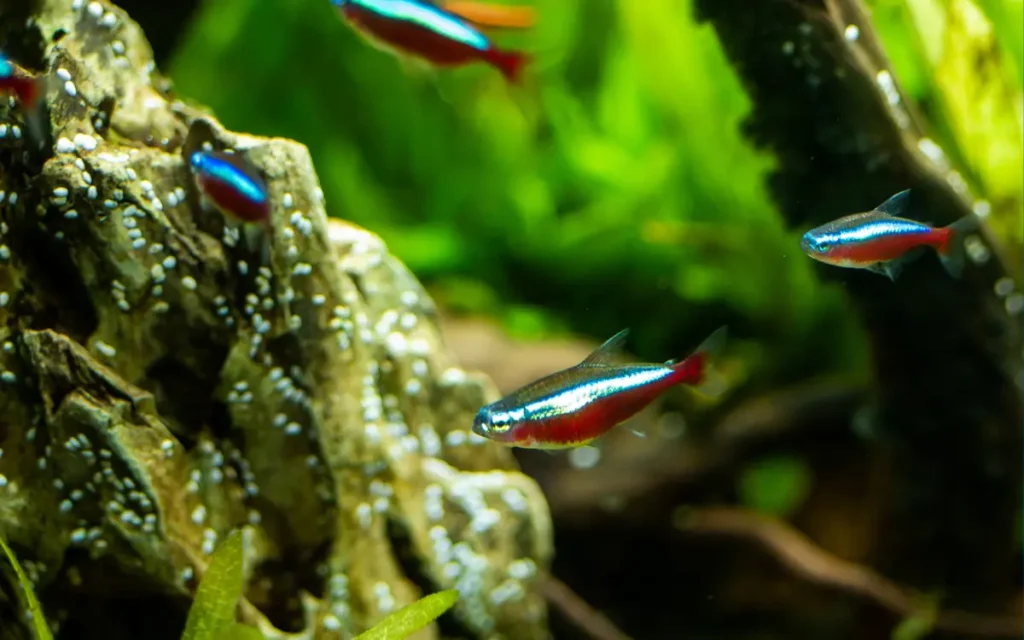
| Characteristic | Details |
| Scientific Name | Paracheirodon innesi |
| Origin | Amazon Basin (South America) |
| Adult Size | Up to 1.5 inches |
| Lifespan | 5–8 years |
| Temperament | Peaceful, schooling fish |
| Ideal Tank Size | Minimum 10 gallons |
| Water Temperature | 72–78°F |
| pH Range | 6.0–7.0 |
| Water Hardness | 1–10 dGH |
| Diet | Omnivore |
Species Overview
Native to the Amazon Basin, Neon Tetras are small, schooling fish that grow up to 1.5 inches and can live 5–8 years with proper care. They’re best known for their striking neon blue and red coloration and calm temperament, making them ideal for community tanks.
Appearance and Behavior
Neon Tetras have a slim body with a bright blue stripe that runs from the eye to the adipose fin and a vivid red stripe on the lower half. They are active swimmers that feel safest in groups of six or more. In my tanks, they tend to be shy initially but quickly gain confidence when kept in proper schools and surrounded by live plants.
My Experience: I’ve kept multiple schools of Neon Tetras across various tanks, and they consistently add life, motion, and calm energy. They thrive in peaceful tanks and are great indicators of water quality—any stress shows in their color.
Ideal Tank Setup
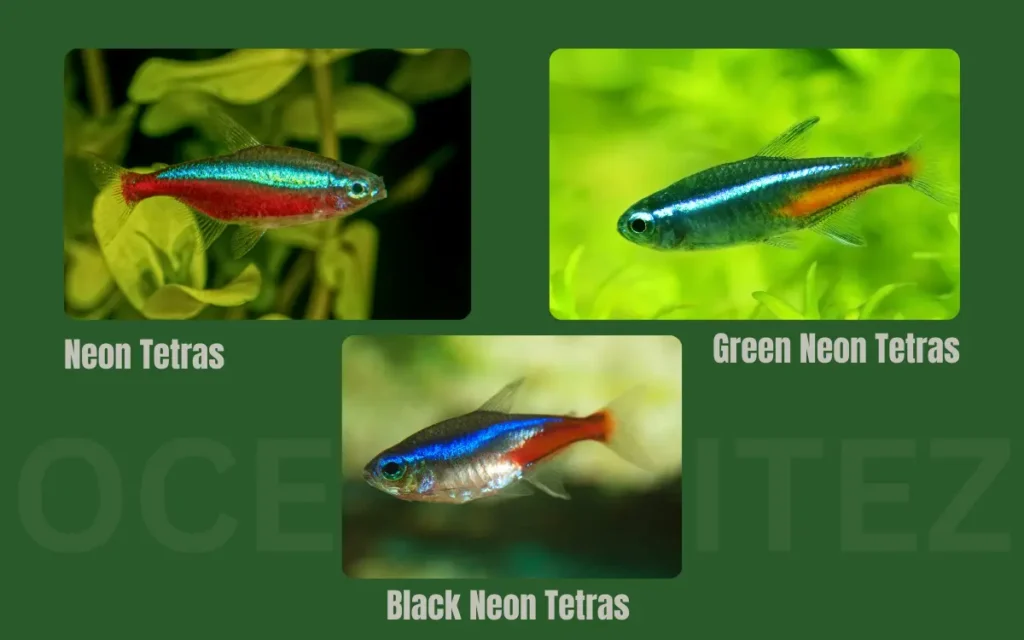
A 10-gallon tank is a minimum for a small school, though 20 gallons or more is better. Use a dark substrate to enhance their color, and add soft plants like Java moss, Amazon swords, and floating plants for cover. Maintain stable water with a sponge or low-flow filter. Ideal water parameters:
- Temperature: 72–78°F
- pH: 6.0–7.0
- Hardness: 1–10 dGH
Real Tip: Neon Tetras are sensitive to sudden water changes. Always drip-acclimate when introducing them to a new tank, and avoid large water parameter swings.
Compatible Tank Mates
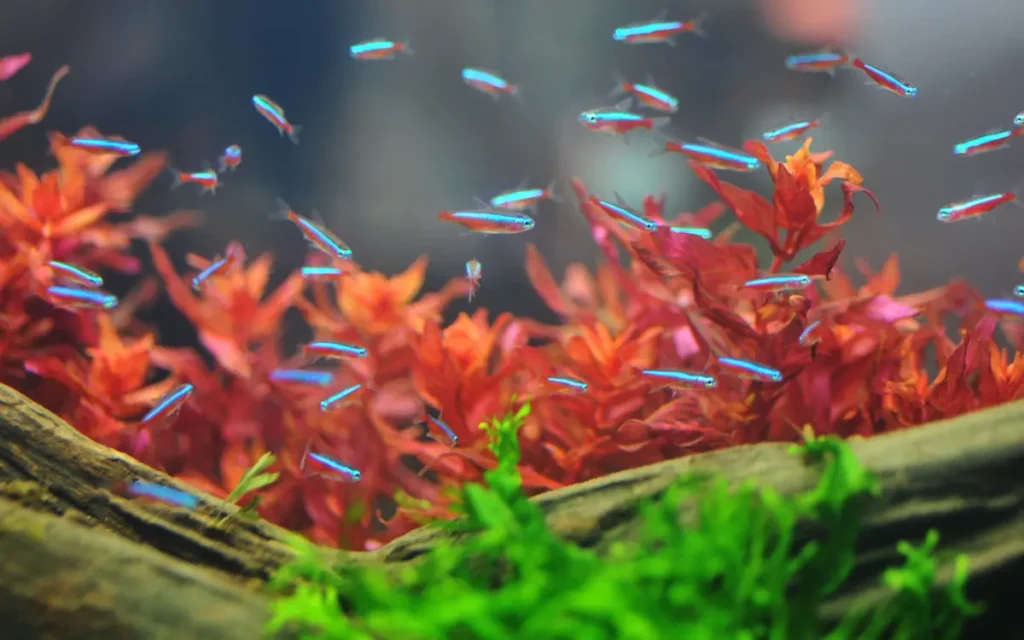
These tetras do best with other small, non-aggressive species. Ideal tank mates include Corydoras Catfish, Ember Tetras, Harlequin Rasboras, Otocinclus, Guppies, and peaceful dwarf gouramis. Avoid fin-nipping fish or large predators.
Feeding and Diet
Neon Tetras eat a mix of flakes, micro pellets, and frozen foods. Offer brine shrimp, daphnia, and bloodworms 2–3 times a week as treats. Feed small amounts twice daily to prevent overfeeding.
Breeding Neon Tetras

Breeding requires soft, acidic water (pH around 6.0), dim lighting, and fine-leafed plants or spawning mops. Condition a pair with protein-rich food, then move them to a breeding tank. Eggs are scattered and hatch within 24–36 hours. Parents should be removed post-spawning to prevent egg loss.
What I’ve Learned: Breeding success comes down to patience and subtle environmental changes. I’ve had the best luck using Indian almond leaves and dimmed lighting in a separate tank.
Read also: Types of Tetras: Colorful, Peaceful, and Easy to Keep
FAQ’s
How many Neon Tetras should be kept together?
At least six, but 10 or more is ideal for natural schooling.
Do Neon Tetras need a heater?
Yes, they thrive in warm, stable water around 75°F.
Are they good for beginners?
Absolutely, if water quality is stable and they’re kept in groups.
Can Neon Tetras live with bettas?
Sometimes, if the betta is peaceful and tank is large enough.
Final Thoughts
Neon Tetras are a perfect choice for anyone building a peaceful, vibrant aquarium. Their color, movement, and easy-going nature make them great for both beginners and seasoned fishkeepers.

